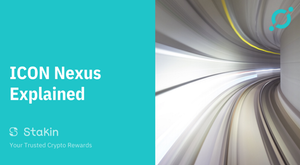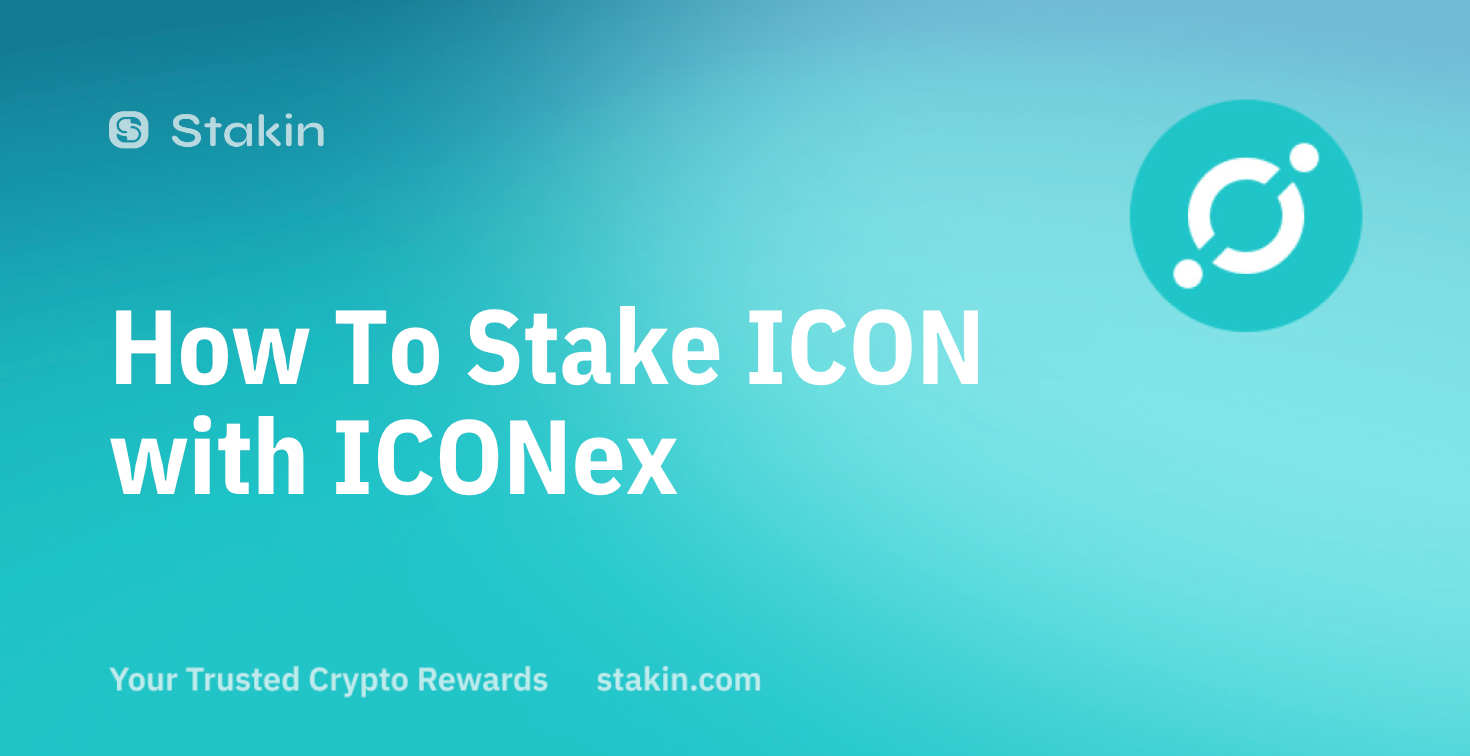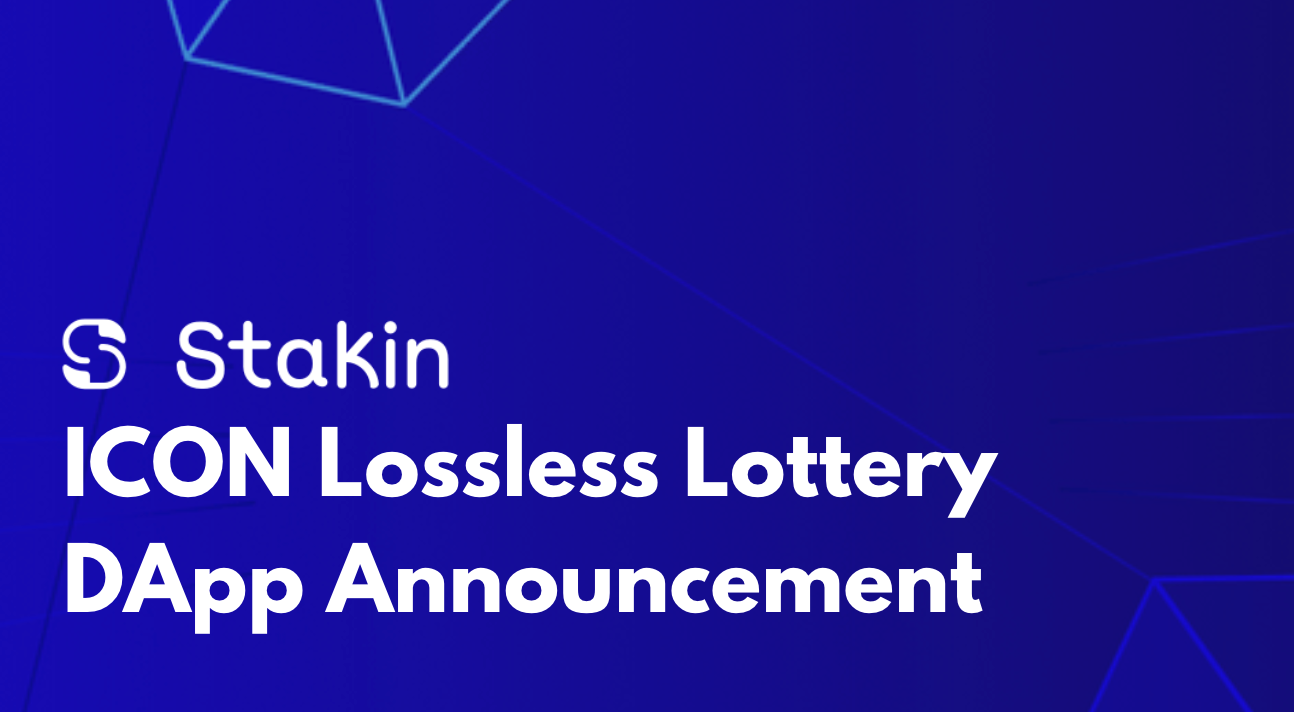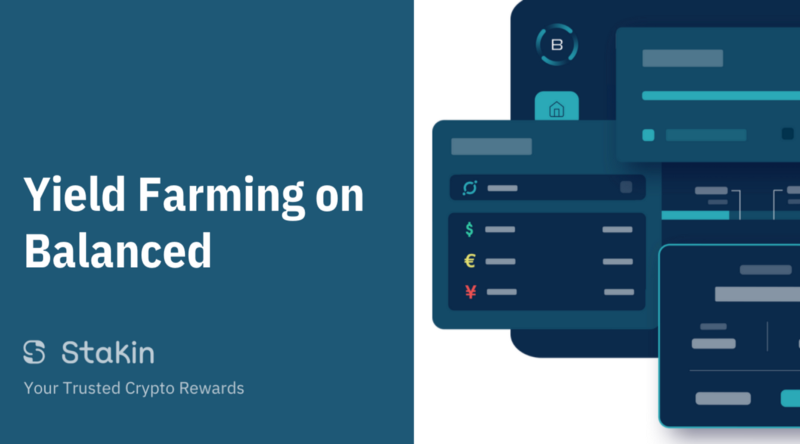This article is the fifth article of our series on ICON, throughout which we introduce the various components and differentiating elements of the ICON project 🌕.
In this article, we will take an in-depth look at ICON Nexus, the blockchain which will enable interoperation between the various chains of the ecosystem.
The Importance of Inter-operability
At Stakin, we believe that blockchain scalability and mass adoption will require multiple blockchains to interoperate with each other. Rather than having one chain to rule them all, it makes sense for the market to have various inter-operable blockchains: private, public, permission-based, with different parameters and characteristics adapted to their applications. Over the past decade, the number of chains and cryptocurrencies has grown at an incredible pace, but most remain isolated, which limits their reach and applications.
Blockchain networks enable trustless transactions and have applications reaching to many sectors: finance, supply-chain, healthcare, gaming, governance, to name but a few. However, these services have so far mostly been offered through siloed-chains, completely isolated from others, and thus without sharing data with other networks. Having isolated chains limit the potential applications but also makes it more complicated in terms of user experience. Without interoperability, users need to deal with multiple wallets, exchanges, and developers sometimes need to find off-chain methods to build some of their DApps.
ICON, like other recent blockchain projects (Polkadot, Cosmos, Wanchain), is working towards interoperability, which would give users a much more friendly experience and enable new DApps functionalities. That’s where ICON Nexus comes into play. A Nexus can connect various blockchains of the ICON ecosystem. Still, they can also connect to another Nexus-equivalent blockchain network, and this allows blockchain networks to scale and expand in diverse ways.
Nexus: a blockchain to build Networks of Networks
Interoperability
ICON Nexus is a multi-channel blockchain based on a loopchain that underpins the ICON interoperable’s ecosystem. Within the ICON ecosystem, there will be multiple blockchains communities: individual blockchains, protocols, consortiums. For example, ICONLOOPs private networks, which are the result of various partnerships with leading firms such as Samsung, Line, or even the Seoul Metropolitan Government, might ultimately be connected to the ICON Ecosystem through ICON Nexus.
Interoperability between blockchain communities will take place via C-Nodes (also called C-Reps or Community Representatives) connecting to ICON Nexus, and every transaction on ICON Nexus will require ICX fees. These C-Reps serves as Portal to Nexus and will be in charge of managing token transfers and transactions between the multiple chains connected to Nexus. Still, they also play an essential role in decentralized governance. Depending on the policy of respective blockchains, Portal can be organized by a single C-Rep or multiple C-Reps, or it can make another form of consensus network to serve the different needs.
Decentralized governance
Each blockchain connected to Nexus has its parameters but also its governance structure. Through C-Reps, blockchains connected to Nexus hold voting rights and can participate in Representation Channel through which operational policies are proposed and selected by voting. In a Representation channel, one can manage node policies regarding node addition and removal in Nexus, adjust ICX transaction fee, manage node selection, and take other decisions to maintain and promote the ICON network.
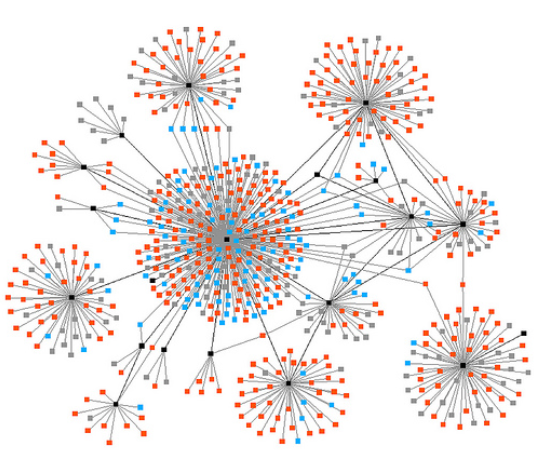
Get to know more about ICON
- Stakin P-Rep Proposal
- How to vote for a P-Rep
- ICON Website
- The Iconist (dedicated media about ICON and its ecosystem)
- Github
- ICON Official Telegram Channel
- ICON Non-Official European Community Telegram
- Stakin Medium on ICON
DISCLAIMER: This is not financial advice. Staking and cryptocurrencies investment involves a high degree of risk, and there is always the possibility of loss, including the loss of all staked digital assets. Additionally, delegators are at risk of slashing in case of security or liveness faults on some PoS protocols. We advise you to DYOR before choosing a validator.
